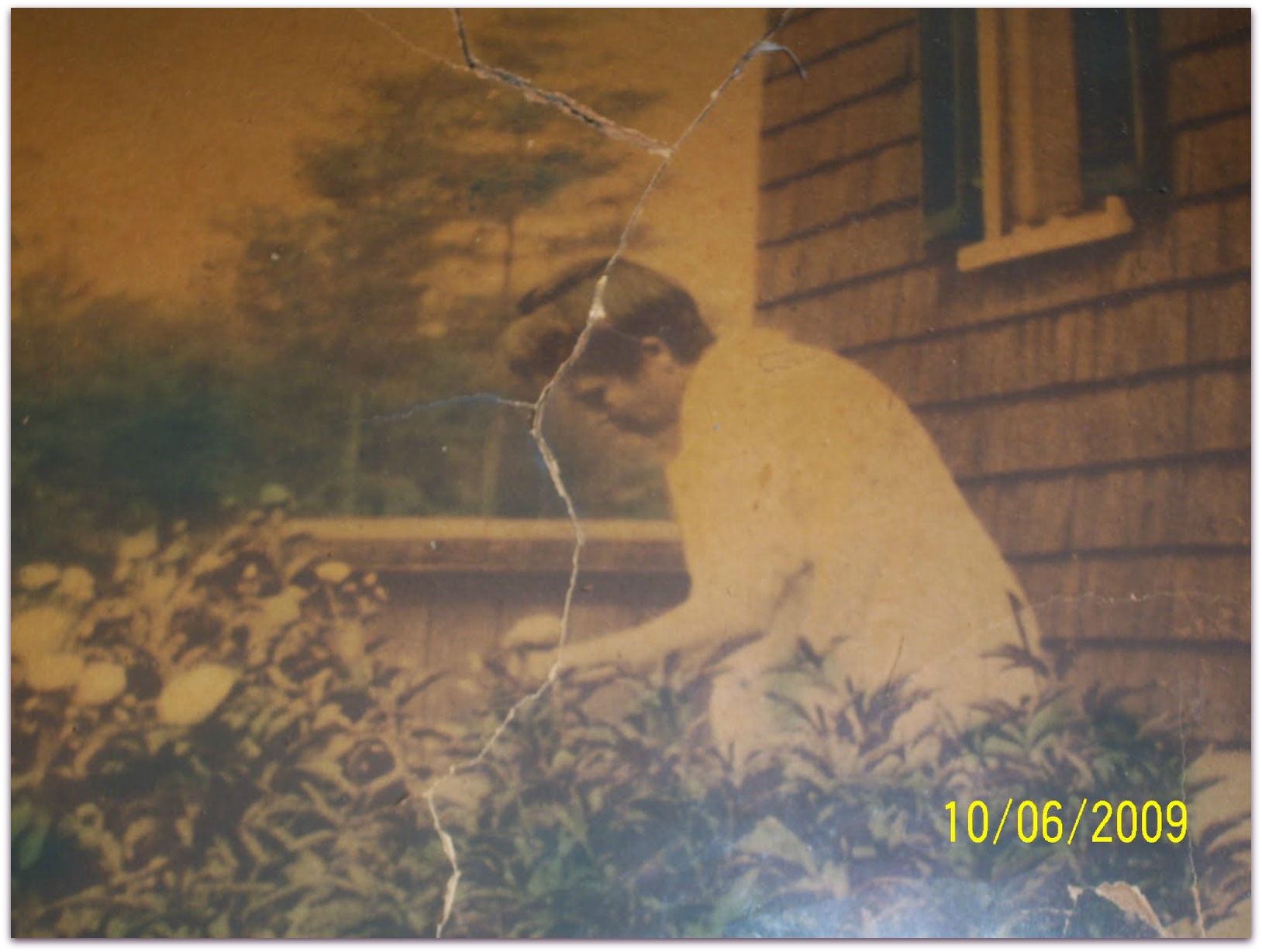It seems I'm on a roll with sharing my thoughts in 2020! As it turns out, I'm also on a roll with finding Italian records. You see, I have two "sets" of Italian ancestors, both maternal. My mom's parents each have one Italian parent. And those Italian parents are from completely opposite "ends" of ...
research plan
Genealogy Goals
In January of 2019, I put out the declaration that 2019 would be the year I found Great-Great Grandma Emma. After 26 years of searching for her place of birth without luck, that was a pretty bold thing to say. Especially since I did everything wrong in 2019. Here's what we can all learn from my ...

